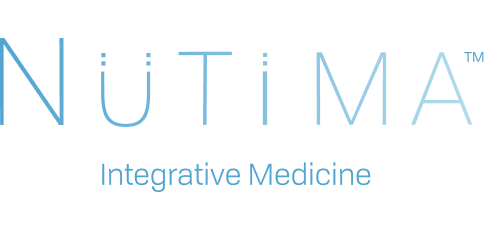A new survey in 2017 of 217,053 American men found that fully 70% were not told about the advantages and disadvantages before undergoing PSA screening for prostate cancer. As most patients know, effective communication is the cornerstone of a successful doctor-patient relationship in any medical specialty.
The United States Preventive Services Task Force Statement (USPSTF) is the main government body charged with making evidence-based recommendations about screening tests and behaviors. In 2012, the USPSTF changing its guidance and recommended against PSA testing as several large studies had concluded the risks (of unnecessary biopsy or surgery in many men tested) outweighed the benefits (preventing death due to prostate cancer in a much smaller fraction of men). Organizations still promoting PSA screening, such as the American Urologic Association and American Cancer Society, recommend that providers discuss the potential risks, benefits, and uncertainties with PSA screening. So while practitioners are not legally required to offer such education, it is certainly best practice. Note that in 2017 the USPSTF has just revised their guidance again to say men at average risk age 55-69 should discuss the pros and cons of screening with their health care provider.
In the survey, there were 105,812 men over the age of 40 with complete information available. 39% of them were told only about advantages of the testing, which is dangerously misleading given the proven potential harms of overdiagnosis (unnecessary biopsy) and overtreatment (unnecessary surgery or radiation therapy) for low-grade, non-lethal forms of prostate cancer. Just over 30% of patients had no discussion about the PSA test, an even bigger oversight. The number of men who received full counseling before agreeing to testing decreased between 2012 and 2014. This occurred across all income, racial/ethnic, educational status, and insurance status groups, and therefore is clearly due to problems with practitioners and the healthcare system as opposed to social biases.
A helpful graphic to understand the pros and cons of PSA screening provided by the USPSTF can be found at https://screeningforprostatecancer.org/get-the-facts/
All this discussion of screening overlooks the biggest problem of all with screening, which is that it completely overshadows any discussion of actual prevention of prostate cancer. This needs to start much earlier (even in childhood), focusing on eating a whole-foods, minimally-processed, plant-centered diet and getting plenty of exercise. There are many natural approaches such as diet and lifestyle changes, supplements and herbal preparations that can help prostate cancer as well.
References
Turini GA III, Gjelsvik A, Renzulli RJ II (2017) The state of prescreening discussions about prostate-specific antigen testing following implementation of the 2012 United States Preventive Services Task Force Statement. Urology http://dx.doi.org/10.1016/j.urology.2016.12.069 [epub before publication]
Loeb S, Bjurlin M, Nicholson J, et al. Overdiagnosis and overtreatment of prostate cancer. Eur Urol 2014; 65(6): 1046–1055.
